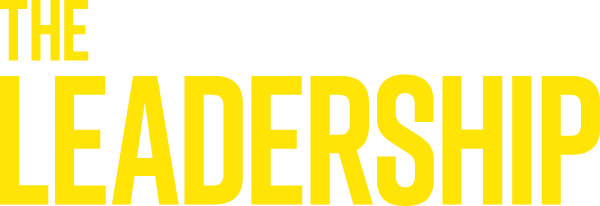DIVERSITY IN STEM
Gender inequity not only limits the talent available to STEM, it limits success.
Gender diverse teams in science generate new research questions, publish scientific research more often and are cited more frequently.
Benefits of diversity translate to the business world also where gender diverse companies are 15 per cent more likely to financially outperform their counterparts. Put simply, when you exclude valuable pools of talent, you minimise potential outcomes.
This is borne out in STEM fields where traditional notions of a genius who works alone still exist. However it is teams, not individuals, who conduct and design most scientific research and innovation. In STEM, and many other arenas, the key to success is not the work of a lone genius but group problem-solving. So diversity within that group is a key to excellence.
For example, a lack of racial diversity in Western research teams is evidenced in the use of tissue and blood from white individuals to screen drugs and therapies for a diverse population. Yet it is well known that people from different ethnic groups can have different susceptibility to some diseases. On the flipside, more diverse STEM teams which include women have saved lives, resulting in interventions for women’s health issues like heart disease, breast cancer and autoimmune diseases.
In Australia, there is a gap in information about diversity of race, class, sexuality and more in STEM. The good news is that the STEM Equity Monitor (the national data report collecting information on women and girls in STEM) is working towards getting a truer picture of the unique barriers and pathways women of different experiences and backgrounds face in entering and progressing in STEM.
Boosting diversity of all kinds within STEM requires awareness and commitment from government, academia, industry, the education sector and the broader community. The Women In STEM Decadal Plan aims to put measurable and achievable goals in place.
Concrete strategies to increase diversity in STEM of all kinds will lead to better outcomes for us all.
Watch video
Read this Nature article about inspiring examples of diversity within STEMM teams who are currently achieving great outcomes.


